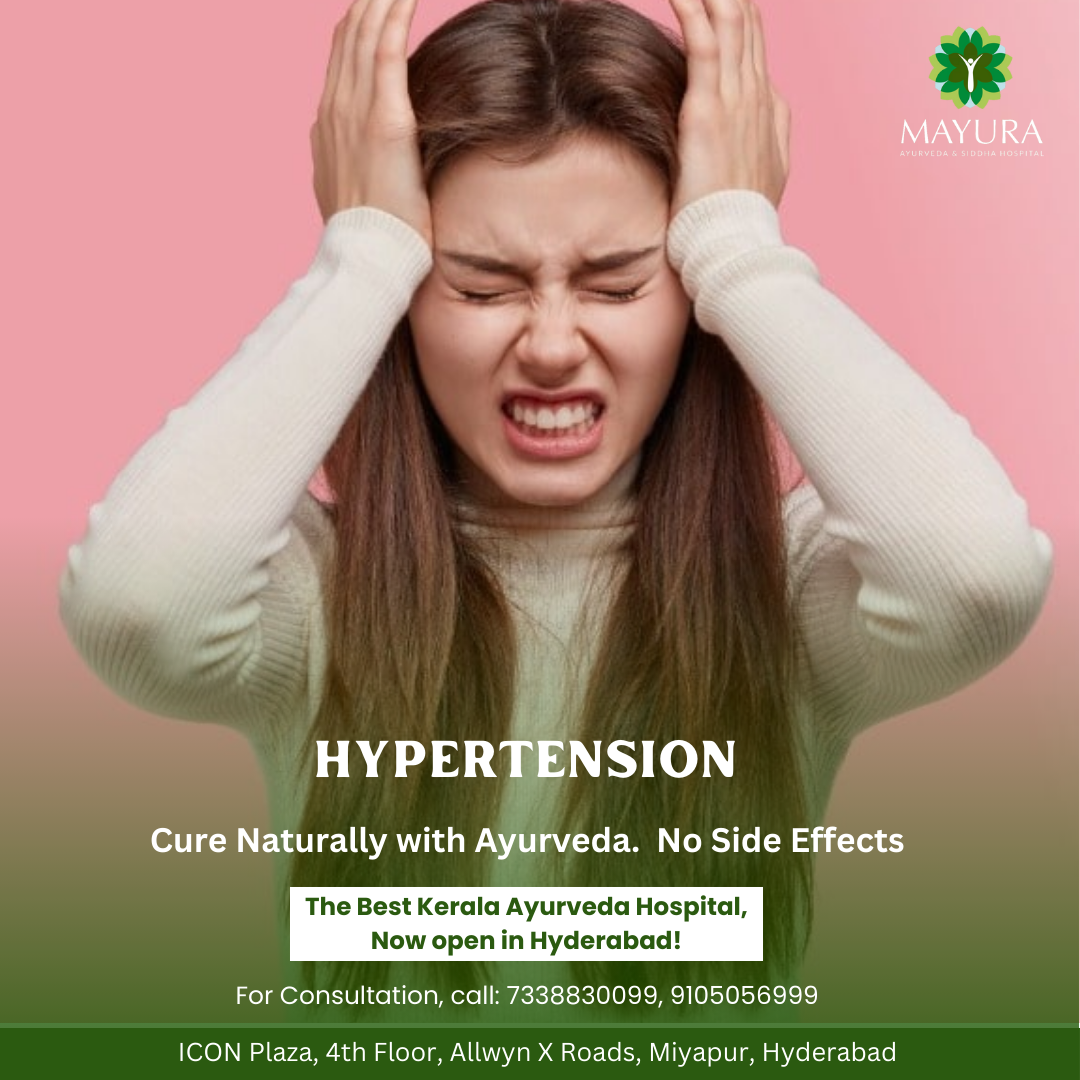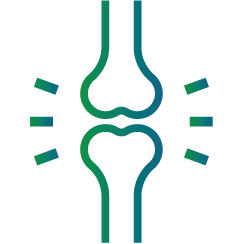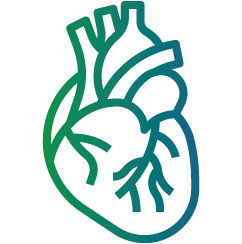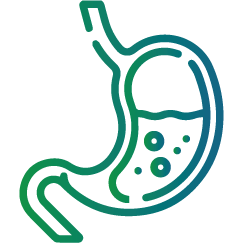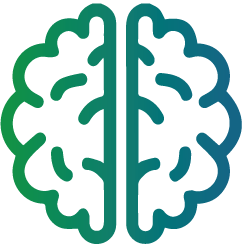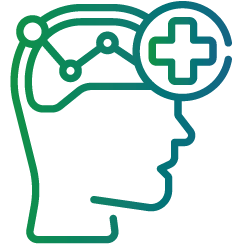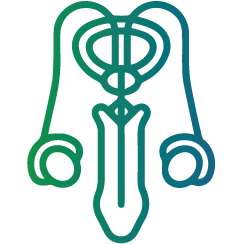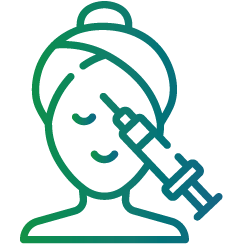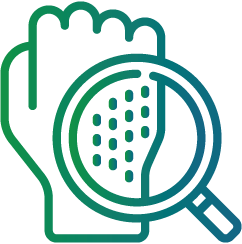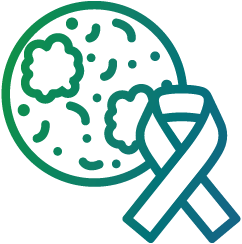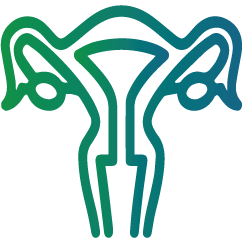Hypertension, also known as high blood pressure, often lurks silently, a hidden danger with the potential for devastating consequences. While it may not present with immediate symptoms, the long-term impact on your health can be profound, increasing your risk of heart disease, stroke, kidney failure, and other serious conditions.
But understanding this “silent killer” is the first step to overcoming it. In this blog, we’ll delve into the world of hypertension, exploring its causes, risks, and the tools at your disposal to manage it effectively.
Demystifying the Numbers:
Blood pressure is measured in millimeters of mercury (mmHg) and typically written as two numbers, for example, 120/80 mmHg. The first number, the systolic pressure, indicates the pressure when your heart beats. The second, the diastolic pressure, reflects the pressure between heartbeats.
Normal blood pressure is considered to be less than 120/80 mmHg. When readings consistently reach or exceed 140/90 mmHg, you’re entering the realm of hypertension.
Causes and Risk Factors:
Unfortunately, the precise cause of primary hypertension often remains a mystery. However, several factors can contribute to its development, including:
Genetics: Having a family history of hypertension increases your risk.
Lifestyle habits: Unhealthy diet, physical inactivity, excessive salt intake, and smoking are significant contributors.
Underlying medical conditions: Chronic kidney disease, sleep apnea, and thyroid problems can also play a role.
The Silent Danger:
The insidious nature of hypertension lies in its often asymptomatic presentation. Many people with high blood pressure live for years without any noticeable signs. However, the damage continues silently, weakening your arteries and making you vulnerable to major health complications.
Taking Control:
The good news is that hypertension is a highly manageable condition. Here are some key steps you can take:
Regular blood pressure monitoring: Regularly checking your blood pressure is crucial for early detection and monitoring progress.
Lifestyle modifications: Adopting a healthy diet, including regular exercise, reducing salt intake, and quitting smoking can significantly improve blood pressure control.
Medication: In some cases, medication may be necessary to achieve optimal blood pressure control.
Empowering Yourself:
Living with hypertension requires active participation and a commitment to maintaining healthy habits. Remember, knowledge is power! By understanding this condition, its risks, and the tools available, you can take charge of your health and prevent complications.

